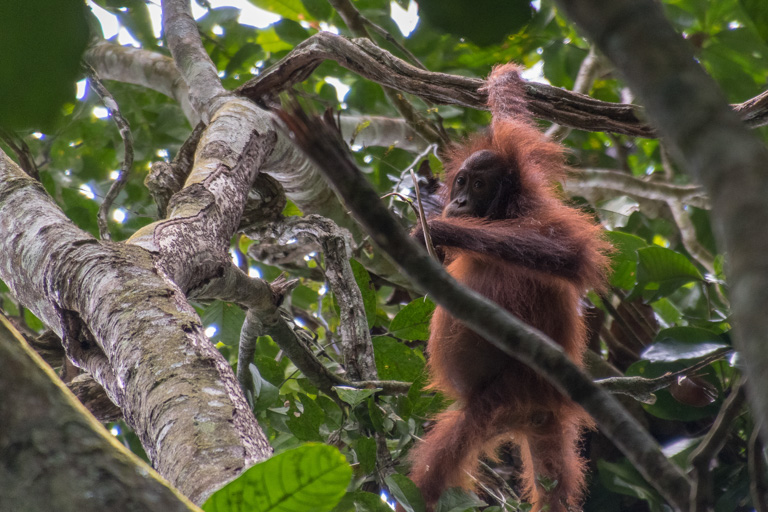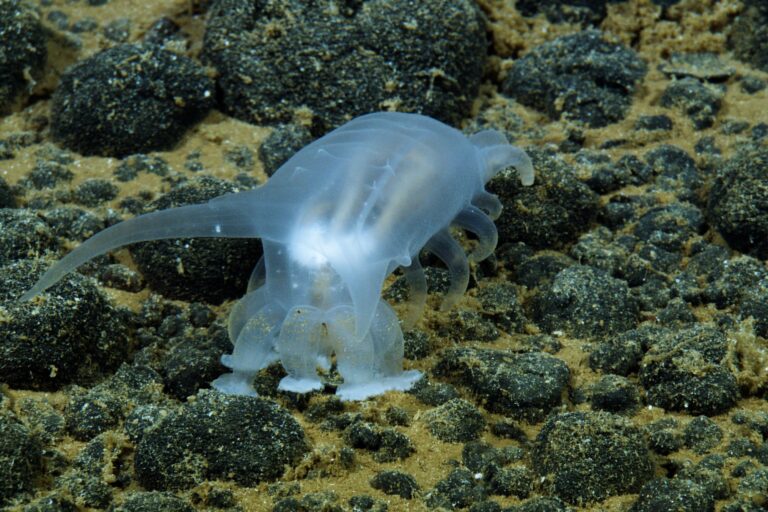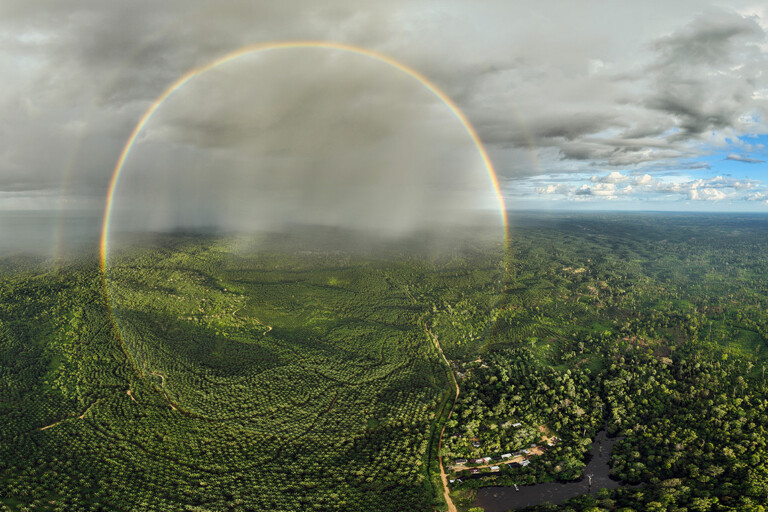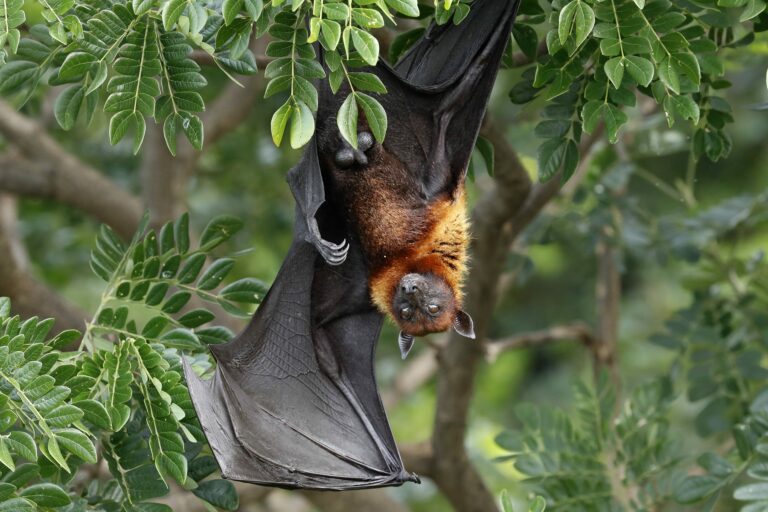Tiny lemur species discovered in Madagascar
Tiny lemur species discovered in Madagascar
mongabay.com
July 14, 2008
Researchers have discovered a previously unknown species of mouse lemur on the island of Madagascar. The find brings the global number of mouse lemurs to 16.
The tiny primate was discovered by local scientists inventorying the tropical rainforests of Makira, a newly protected area in Northwestern Madagascar. The lemur — named Microcebus macarthurii, or MacArthur’s mouse lemur, after the MacArthur Foundation, which provided funding for the research— was identified as a “new” species after DNA analysis by Dr. Ute Radespiel from the Institute of Zoology of the University of Veterinary Medicine Hannover. Malagasy scientists and students from the GERP organization (Groupe d’Étude et de Recherche sur les Primates de Madagascar) assisted in the effort.
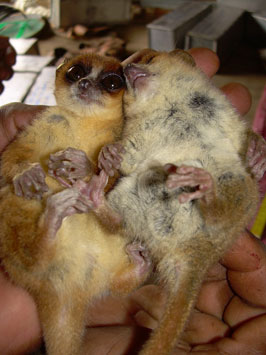
Microcebus macarthurii, the new species, is on the left. On the right is the sister species, Microcebus mittermeieri, that occurs sympatrically in the same forests. Photo by Dr. Blanchard Randrianambinina, a co-author on the publication. |
Mouse lemurs are found in virtually all of Madagascar’s forests where they feed on insects, fruit, and plant sap. Mouse lemurs are nocturnal and betray their presence with high-pitched chirps. They are one of the world’s smallest primates.
Since 2000 the number of known mouse lemur species have doubled from 8 to 16, although some scientists caution that the number may be revised slightly if further genetic testing shows that the other named mouse lemurs are not actually unique species. In total, Madagascar is home to more than 100 types of lemurs, all of which are endemic to the island (one species has been introduced to neighboring Comoros). Some species are highly endangered due to habitat loss and hunting. Madagascar lost its largest lemur species when humans arrived some 1500 years ago.
Given Makira’s newly protected status and the small size of MacArthur’s mouse lemur, it would appear that the newly discovered species is at low risk of extinction, although poaching in Makira continues to be a problem and there are other threats to the region.
“Unfortunately, this exceptional center of biodiversity is in real danger. As in many other regions of Madagascar, too, deforestation activities, slash-and-burn cultivation, hunting and mining of mineral resources pose an enormous threat to the remaining forests and their inhabitants,” said Radespiel. “Conservation activities are urgently needed to ensure the long-term survival of these animals.”








